I’m a Southern California girl who loves the ocean, whether swimming, snorkeling or scuba diving. I’d heard about Shark Cage Diving from friends who’ve done it in Mexico & from my 1st trip to South Africa in 2004. I always thought one day, I’d like to try that!
Well, that “special someday” came back in 2014 when I embarked on a wonderful tour of Southern Africa with a group of friends. We spent four days in Cape Town, South Africa with one free day to do whatever we liked.
Turns out, the “Great White Shark Capital of the World” is located in Gansbaai, just a 2.5-hour drive from Cape Town. This is where you’ll find the famous “Shark Alley” as featured on TV, especially during Shark Week programming in July/early August.
Instantly, I knew I was going to do this “bucket list experience” on my free day. Happily, six of my also-adventurous travel mates decided to join me. After research, we signed up for an all-day shark cage diving adventure with Great White Shark Tours, which operates near Gansbaai.
In this blog post, I will be sharing our shark cage diving experience with you. It was incredibly fun, totally safe, and not really scary (but definitely exhilarating!). Best yet, no diving experience is needed – the shark cage is tied up next to the boat and your head is above water most of the time. When sharks swim past, you simply hold your breath and go underwater for a few seconds to take a closer look!
NOTE: Be sure to read to the end so you don’t miss the “Grand Finale” video. It’s pretty amazing, and as you’ll see, I have a “front row seat” to the experience.
About Great White Shark Tours (GWST)
Gansbaai is one of 3 locations worldwide where you can safely cage dive with Great White Sharks. This marine wonderland offers the opportunity to safely see great whites in their natural environment. The other two places are Australia and Guadalupe Island in Baja, Mexico.
Great White Shark Tours’ delightful founder & owner Brian McFarlane led our trip. Their boat – named the “Apex Predator” – launches from Kleinbaai, only 12km (7.5 miles) from the coastal fishing village of Gansbaai. They are one of only 8 licensed shark cage diving operators in the area.
In case you wonder about the term “apex predator” like I did: It means the alpha predator or predator at the top of a food chain, without natural predators. Up until recently, the great white shark has been considered the most voracious apex predator in temperate marine ecosystems worldwide.
However, recently, it’s looking like orca whales are giving the great white sharks a run for the money in the apex predator category. Here’s an interesting article if you’d like to know more.
The Adventure Begins
We began our excursion in Cape Town with a hotel pickup by the GWST van at 7:00am! After one more in-town pickup, we drove east to Hermanus where we picked up one more passenger (along with a small break) before heading to Kleinbaai.
- Members of the Stormers rugby team with GWST staff woman in blue shirt
- Credit: Great White Shark Tours
We arrived at the cute white house & office of Great White Shark Tours around 9:45am. Turns out, much to the delight of the sweet young woman who had joined us in our van, 15 members of South Africa’s Western Cape professional rugby team – the Stormers – were going to be joining us on the boat!
- My group (left to right) – Dr. Don, Cheryl, Lynn, Joe, Gerard, Janet, & Don meeting our first Great White!
- Gerard, Don, Joe & Don chilling!
We checked in and paid for the trip. At that time (in 2014), the price was 1,200 ZAR (South African Rand) which was $120 USD. That price included the roundtrip transport from Cape Town. They had prepared a nice continental breakfast for us, including coffee and tea.
- Credit: Gerard Lelievre / Petite Lynn posing with two “gentle giants” from the Stormers!
Around 10am, staff began the trip orientation & full safety briefing about our upcoming adventure, including watching a very good video. Captain Brian McFarlane soon arrived and spoke to us some more on the outside patio, showing a replica of the shark cage we would be using – with reassurances that we would be fully protected from the great whites by the 12mm galvanized steel.
Heading to the Boat
With orientation complete, it was time to head down to the boat and get this shark party started! We made the short walk from the house to Kleinbaai’s main pier, where we got our first glimpse of GWST’s shark boat which would be our home for the next 3-4 hours.
The “Apex Predator” was specially designed by Brian for shark cage diving. It had seating for 40 people plus crew. On today’s trip, we passengers numbered 29. The seats were padded with dry storage below where we could keep our gear, like cameras when not needed. Besides the main deck, there was a spacious upper-level deck, which offered great views for observation & photography.
There was a white board at the office which listed “excursion stats” from the day before, which was interesting. Yesterday, they saw 8 sharks; the water visibility was 1.5 meters (4.9 feet); and the water temp was a chilly 14.5 degrees C (58 degrees F.) Thus, the 7mm wetsuits.
We’re Off / Chumming
We departed the Kleinbaai harbor at 10:50am. It was around a 15-20 minute ride out to the “summer shark viewing spot,” which was located a little distance off a pretty white sand beach. Today was January 16th, meaning it was summer in the Southern Hemisphere.
Once we arrived at the site, the crew dropped the floating shark cage into the water and anchored it. On our way out, two men had been preparing the “chum” made with fish parts. They threw some chum overboard, including tying the head of a big tuna inside the cage. This chum is what attracts the great whites.
Per the GWST website, this is a specially formulated ‘Chum’ mixture, made from completely legal ingredients, which has taken Brian McFarlane years to perfect and is a highly-guarded trade secret. In addition, Great White Shark Tours do not feed the sharks nor use any part of a shark product in their ‘secret chum mixture’ and have signed a mandate to this effect.
Our Visit to Shark Alley
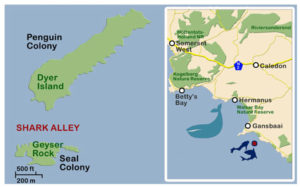
Dyer Island lies 5 miles (8 km) offshore of Gansbaai and is the home to the endangered African Penguin and migrating bird colonies. There are several structures on the island. The nearby island of Geyser Rock supports a colony of 60,000 Cape Fur Seals. This is the reason the Great White Sharks move to this area in the winter – because seals are their favorite meal!
- Dyer Island
- Credit: Great White Shark Tours
As we cruised by the two islands and through Shark Alley, we saw oodles of Cape Fur seals, including lots of babies that had just been born in November (below right).
Back to the Shark Cage / Getting Ready
We returned to the cage around 11:50am. The boat was anchored, and the shark cage was attached to the side. More chum was released into the water. So, we sat around and anxiously waited for the sharks to show up. Didn’t the great whites know that many of us had come from halfway around the world to see them!
Brian was perched high up in “his chair” scanning the waters for the sign of shark fins. Luckily for us, the seas were pretty calm and it was a nice day. Plus, the water visibility which had gotten very murky with rains two weeks before had begun to improve – with around 5-6 feet visibility today.
It was about a half hour later (around 12:40pm) when we saw the first small shark. A ripple of excitement spread through the group. Then it really started – more sharks began showing up! It was time to get the first group of 8 people into the shark cage. They had already suited up & were waiting.
We cage divers were each given a 7 mm full wetsuit with hood and neoprene booties – along with a weight belt and diver’s mask. Just before entering the water, we were told to quickly dip the mask into a sudsy solution to prevent fogging.
How It Works Inside the Shark Cage
GWST’s rectangular shark cage holds up to 8 divers at a time. It’s 4.2 meters (13.8 ft) long and 1 meter (3.3 ft) wide. This floating steel cage is attached to the side of the boat at all times. The top of the cage lifts up to let people in and out.
Once in the cage, you stand on a bar to keep your head above water. Just below the water line, there is a narrow horizontal opening (see yellow roped bars in photos) where you can get an unobstructed underwater view of the sharks as they swim by. You simply hold your breath and submerge your head for a few seconds to get the best views (never going more than ½ meter (1.6 feet) down).
The shark spotter was throwing out a small black rubber piece on a rope in the shape of a seal – fondly named “Gladys” – plus the head of a tuna as a tease to draw the sharks closer to the cage. For those in the cage, the spotter would yell the location of the next shark – “on my right / on my left / straight ahead.”
- Credit: Great White Shark Tours
- Credit: Great White Shark Tours / “Gladys”
He would also yell “Down” when it was a good time to take a deep breath and submerge yourself fully under water to get a great “up close and personal” view of a shark swimming right in front of “your picture window”!
Show Time – Inside the Shark Cage & On Deck
The first group of 8 into the cage were some of the adorable “rugby boys.” I loved listening to the sounds of their high-pitched squeals and raucous laughter as the sharks got close! After around 15-20 minutes, their time was up so the cage top was lifted and the next group of 8 divers entered the cage.
There was plenty of down time as we waited for our turn. However, shark viewing from above on the viewing platform was almost as much fun. In fact, some people on the boat trips opt just to do “observation” only instead of going into the shark cage. Both are good options because Great White Sharks are surface feeders and can easily be seen and photographed from the boat (as you can see by my photos!).
I also spent time talking with Brian up in his viewing spot. He’s a delightful man whose work has always been out at sea, as a professional diver, fisherman and skipper. He has a great love of great whites and is committed to keeping them safe and helping to educate us humans about these apex predators by the work he’s doing now.
Brian said today there were “new” younger sharks not known to him. Most of them seemed to be female adolescents. He also told me that sharks are always hunting. And since they have short memories (like 10 minutes), he called them “eternal optimists!”
My Turn in the Cage
I was in Group #4, the final group. So, I stayed on the top deck observing & filming until it finally was time for me & my friends to take our turn in the cage. Whoo Hoo! The big moment had arrived.
And it was so much fun! There were lots of shark sighting while in the cage – some closer than others. Many of the sharks would make multiple passes as the spotter was teasing them with Gladys. It seemed that I was constantly up & down the whole wonderful 15-20 minutes – above water briefly and then back down holding my breath whenever the spotter yelled “Down”.
- Credit: Great White Shark Tours
- Credit: Great White Shark Tours
Second Chances / Grand Finale
As I exited the cage, I was eager for more. So, I was thrilled to learned that those who wanted to, could cage dive a second time. Heck yes, count me in! – so, I stayed in my wetsuit. I can’t remember if there were two or three groups of the second timers, but I was in the final group.
Brian called me over and told me to be 1st in line when I got back in the cage – which ended up putting me on the far-right side of the shark cage. Little did I know that Brian had a big surprise for us at the end of our cage time.
This surprise finale was throwing out a fresh fish tail on a rope to attract the next shark and then bring it right next to the cage (near my side). It was wild! The shark was attacking the tail and trying to eat it right in front of our eyes, while banging into the cage at times.
In fact, I got touched by a fin through the small opening. This all happened so quickly. I will admit it was a real shock at first – with momentary slight panic but then cool and quite fun!
Be sure to watch this 1-minute video showing all the Great White Shark action in the cage – and the comments by me and Cheryl as we exited the cage, still in a bit of shock but laughing.
Back to the GWST Office
After this exciting grand finale, the crew prepared to return to harbor by pulling anchor and stowing the shark cage back on board. Getting out of our wetsuits & toweling off, we enjoyed some snacks – granola bars, cheese, and sandwiches. It was a nice boat ride back to the harbor, arriving around 3:00pm.
We headed back up to the GWST house for some hot chocolate, coffee, and sweets. The talented videographer on board had already prepared a great video of our day’s adventure so he played it for the group. No surprise – it was available for sale! And of course, I bought it. I definitely wanted a memory of this amazing day!
Brian also told us that we had seen 16 different Great White sharks today – again, most were female adolescents. The size for most ranged between 2.5-3.5 meters (8-10 ft) – with the largest up to 4 meters (13 ft). Impressive!
My van group departed Kleinbaai at 3:50pm, arriving back at our Cape Town hotel at 6:15pm. Yes, it was certainly a long day but one that was so worth it. We each earned major bragging rights to be able to say we were underwater literally inches away from a Great White Shark. Truly an experience I’ll never forget!
More About Great White Shark Tours – 2020/2021
Quite a few years have passed since my Shark Cage Diving in 2014 with Brian McFarlane and his team. However (writing this in August 2021), I’m delighted to see that the Great White Shark Tours website & company are still operational – especially in these past 1-2 years with the COVID pandemic.
Looks like Brian is now semi-retired and has handed his “Skipper Reins” over to Anthony, but occasionally still takes the boat out. Here’s More Info About Brian & Crew.
The website also states that the Apex Predator has since been refurbished (approximately 3 years ago) They’re still licensed to take 40 passengers and crew. The vessel now has a spacious cabin, a changing room, flushing toilets, and fresh running water.
Depending on the weather, the shark cage diving boat departs every day of the year. The boat trip starts between 6h00 and 12h00 in the morning from Kleinbaai harbor, depending on the tides and the weather. The round boat trip to and from the harbour normally takes 3 to 4 hours, depending on the shark activity.
The website also states: Sometimes the water will be extremely rough or far too murky to use the cage. However, viewing from the boat is still an awesome experience, with excellent photo opportunities.
Shark Viewing Season (from the website):
South Africa’s winter months, May- September, are normally our best shark viewing months because 1) sharks are more plentiful, 2) visibility is generally more superior to the summer months, 3) the temperature of the water is normally higher due to North Westerly winds. Great White Sharks are not always resident in ‘Shark Alley’ but we search for them in surrounding areas.
More Information About Great White Sharks
Lastly, here’s an interesting article I found entitled: “What Are Some Great White Shark Misconceptions?” The information is from Nautlilus LiveAboards, a company that offers trips to dive with the great whites in Guadalupe, Baja Mexico.
COMMENTS: Have you ever done shark cage diving with Great White Sharks? Was this something already on your bucket list? Now that you’ve read this article, would you be interested in doing it?

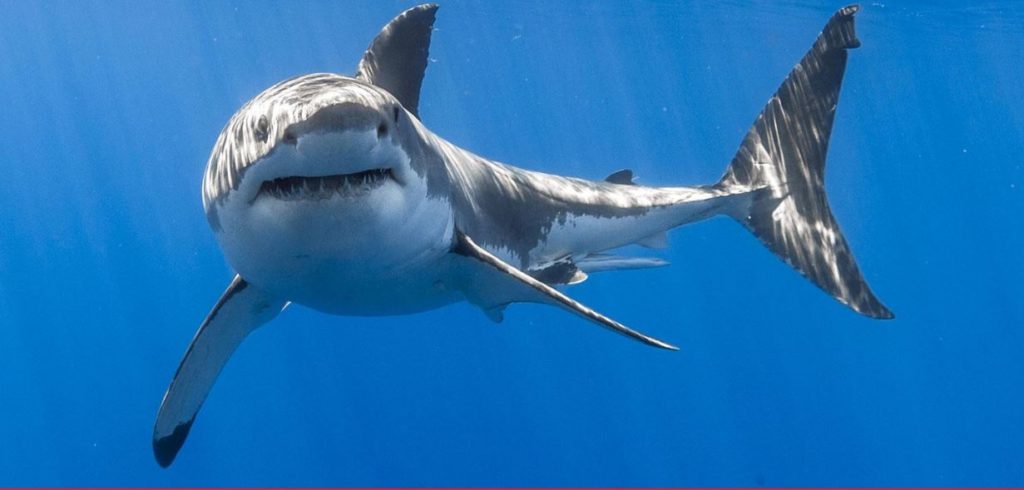
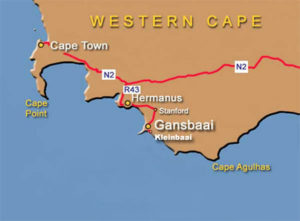
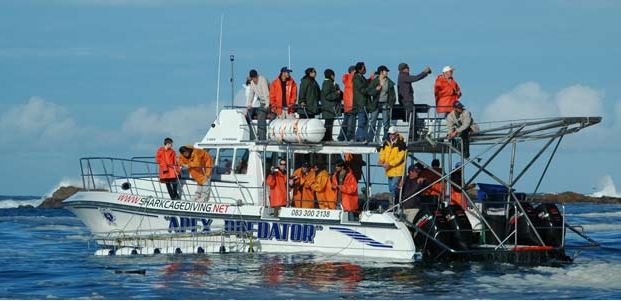
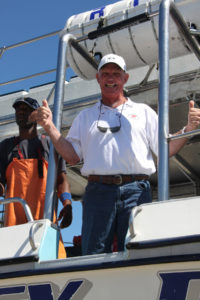
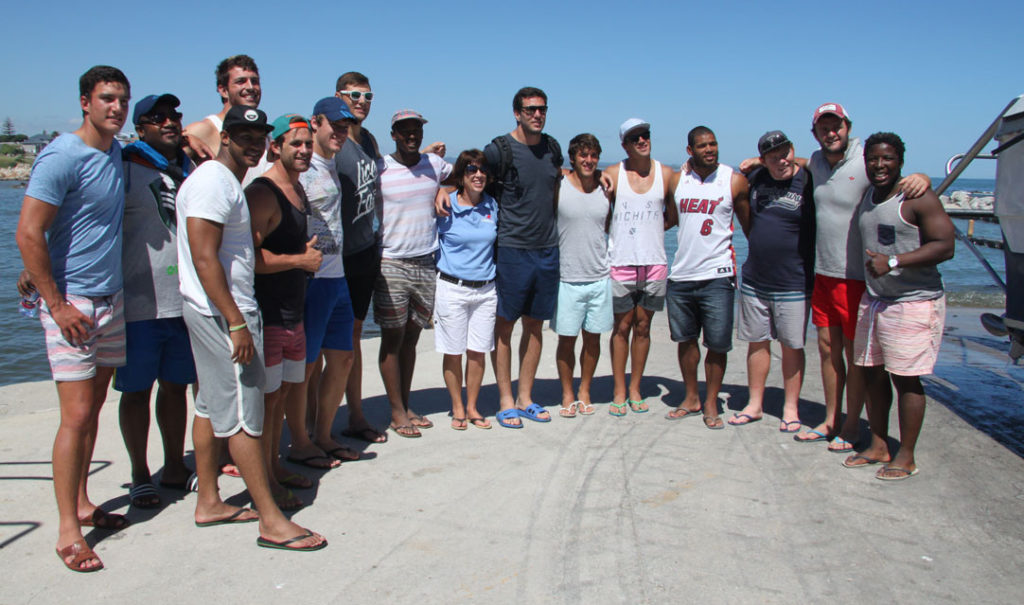
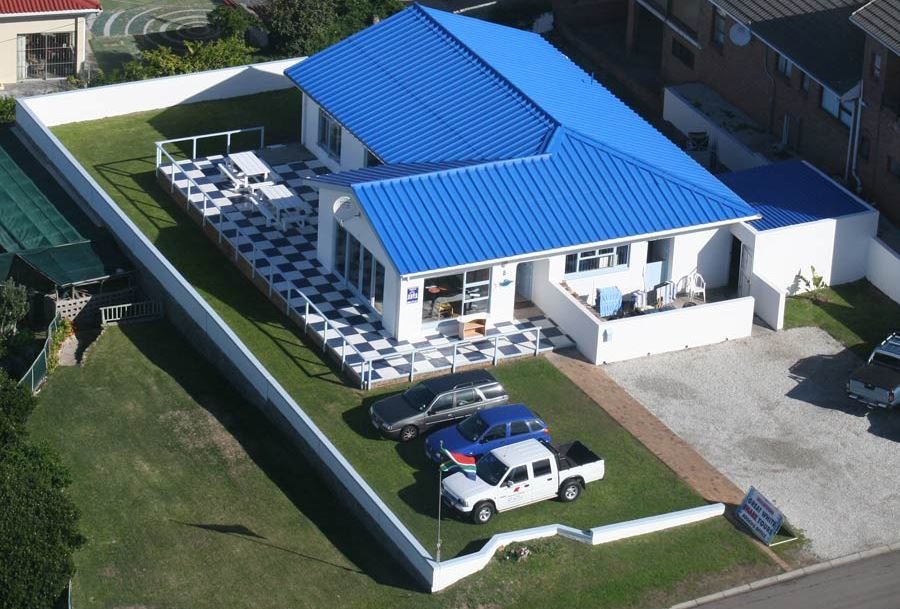
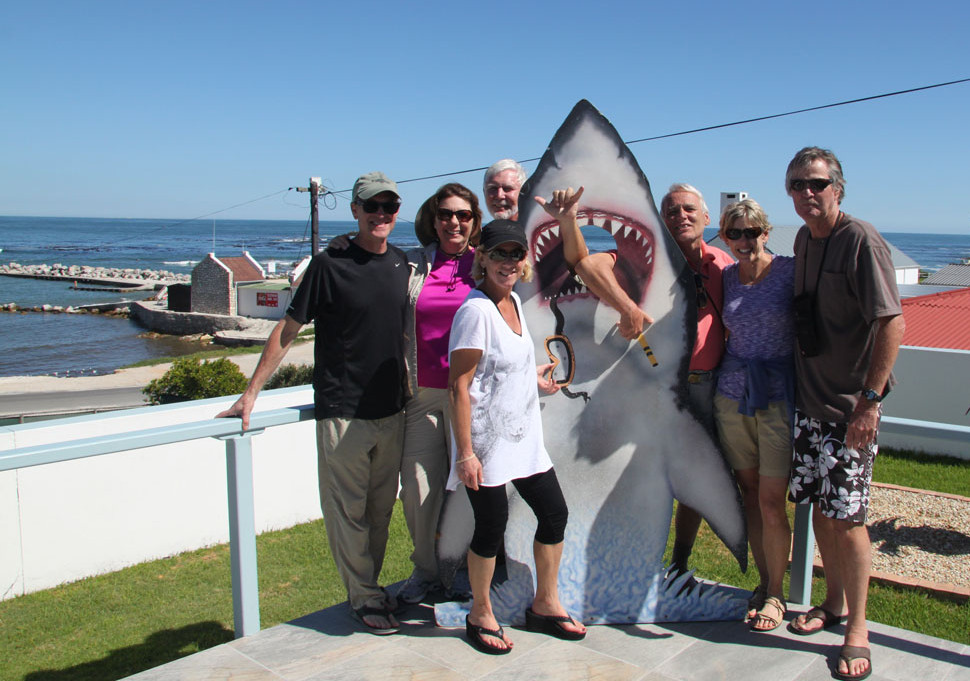
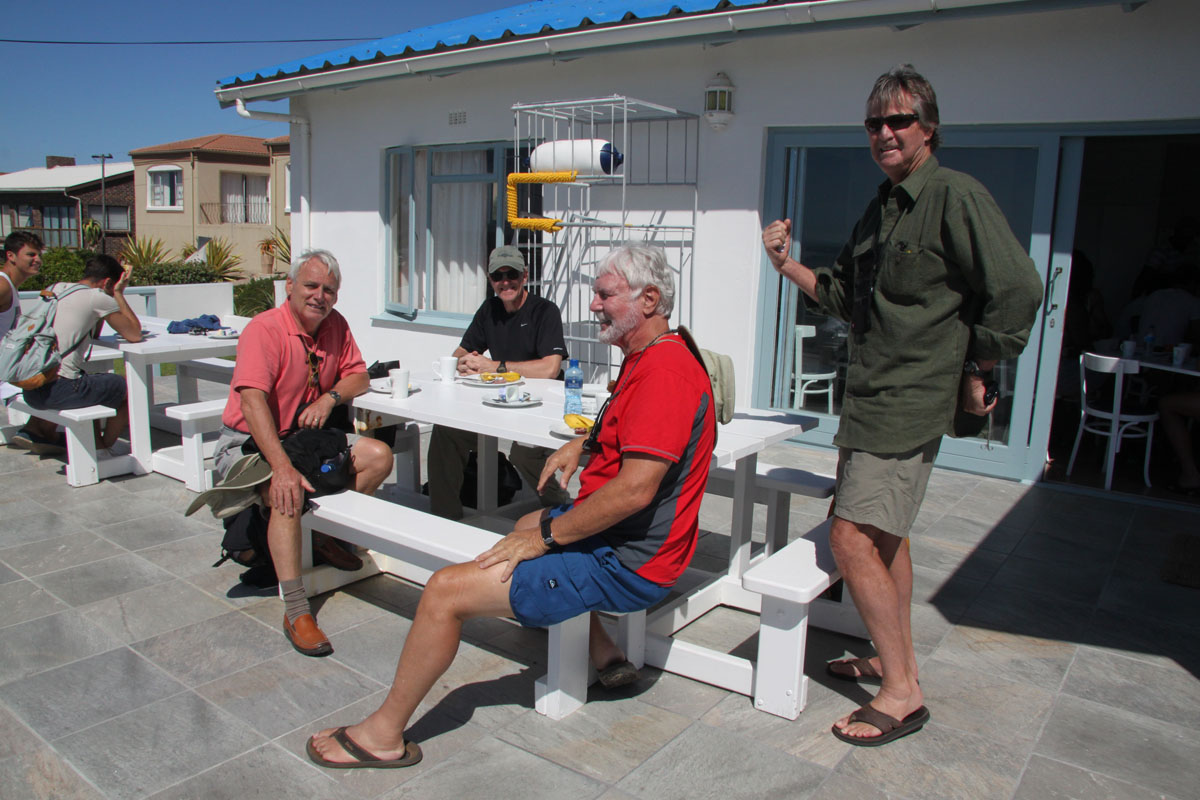
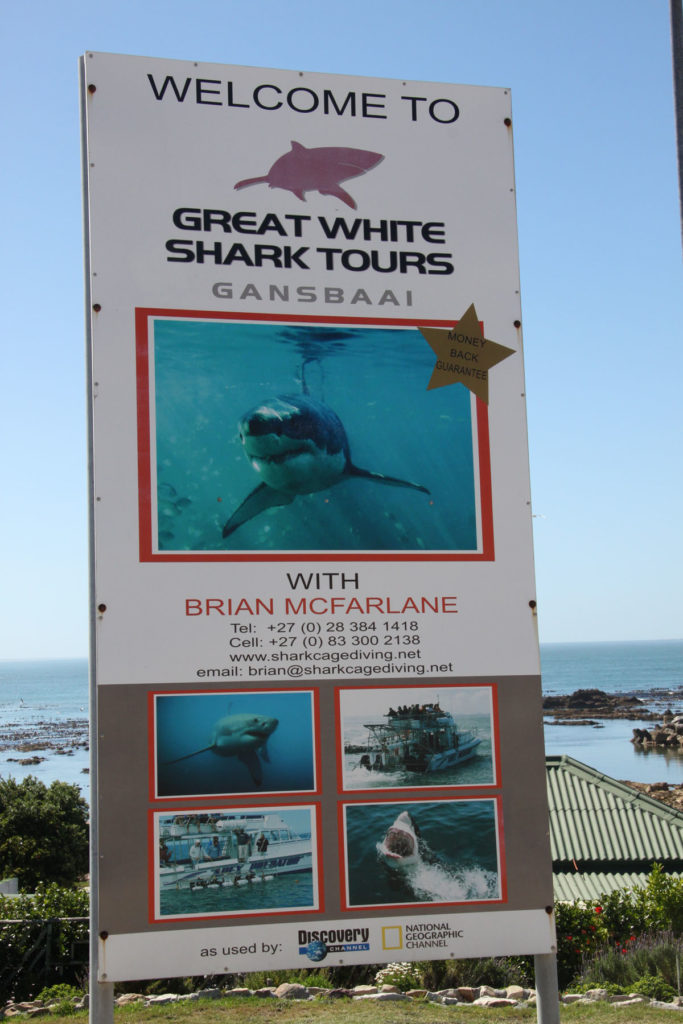
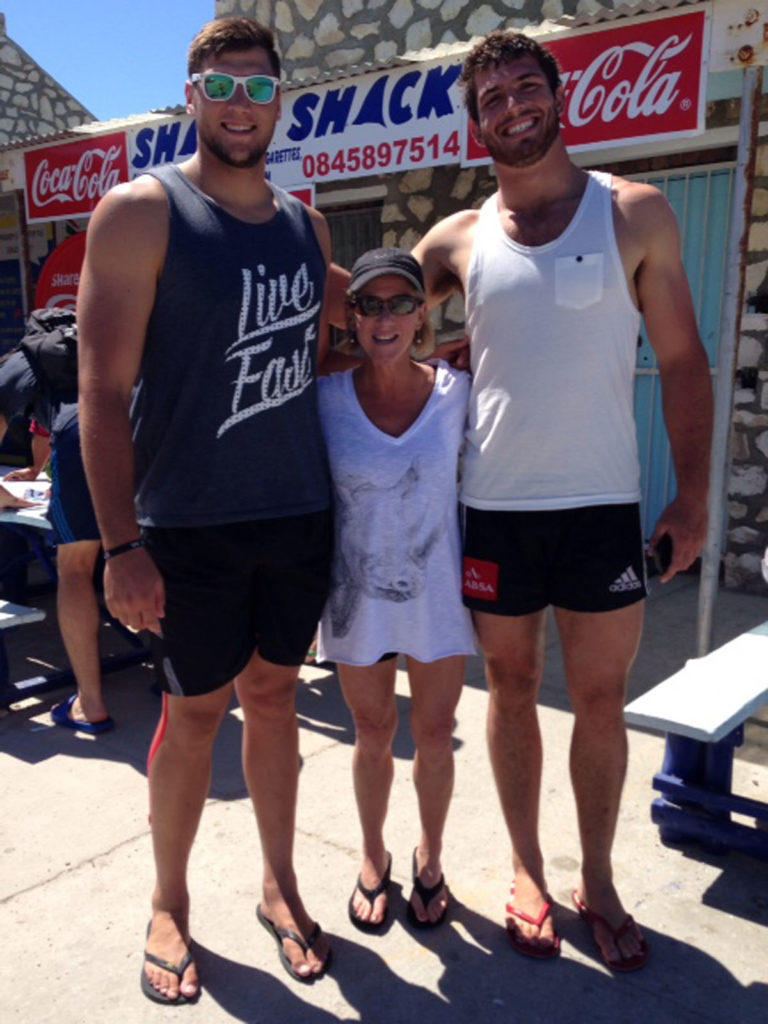
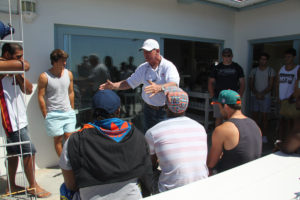
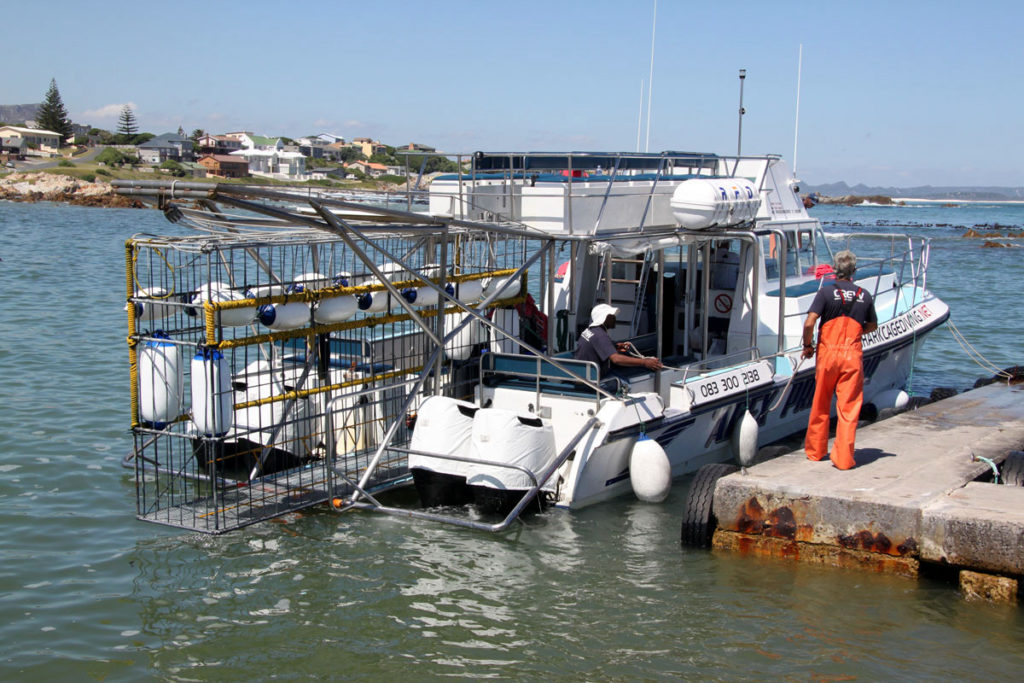
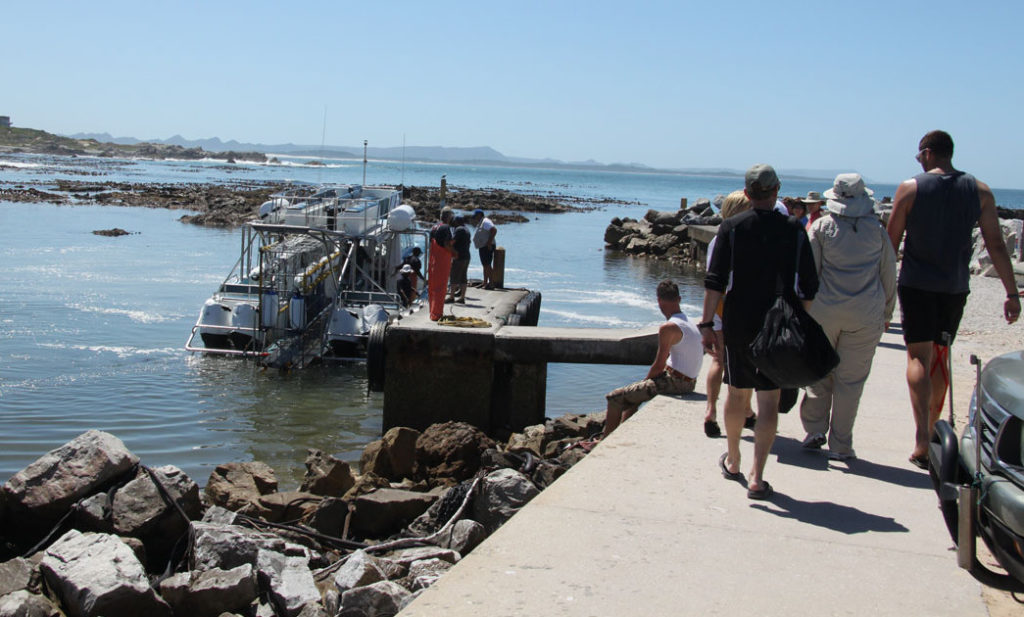
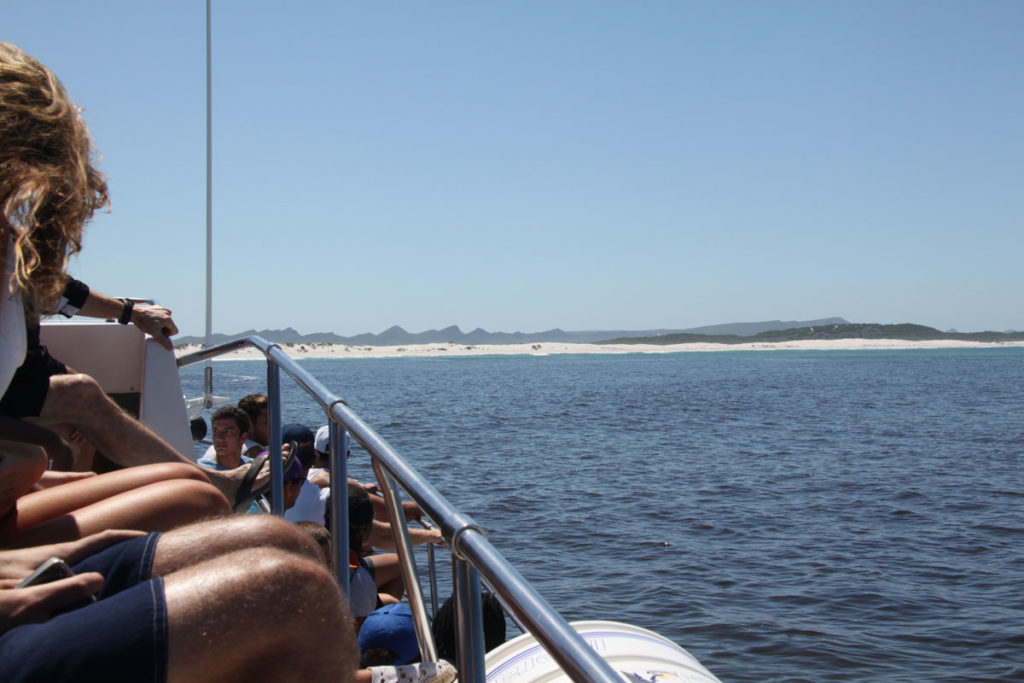
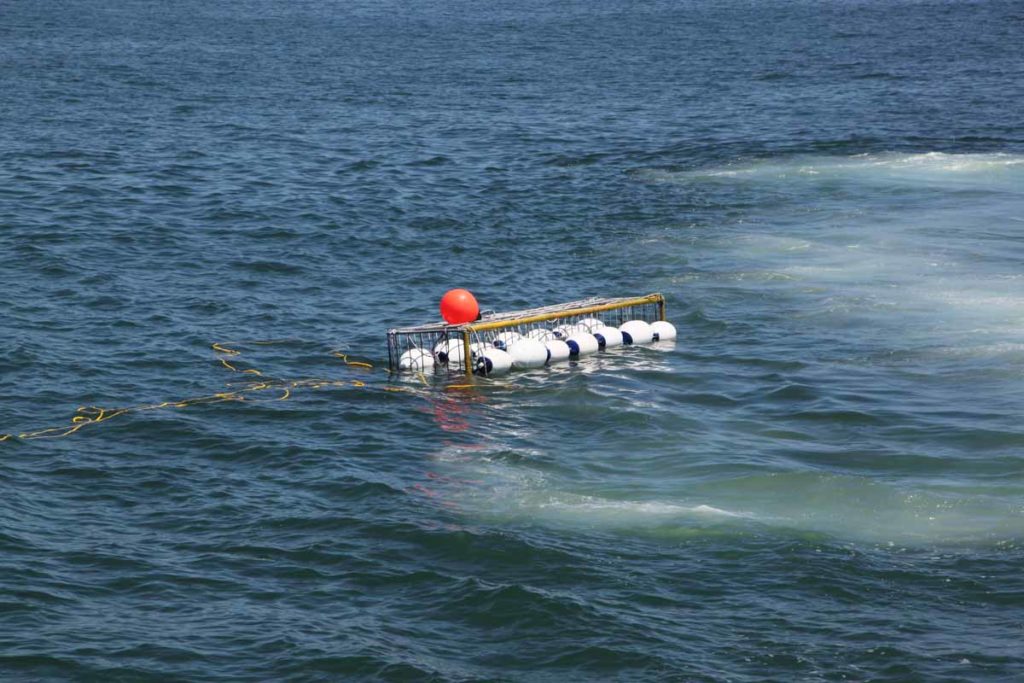
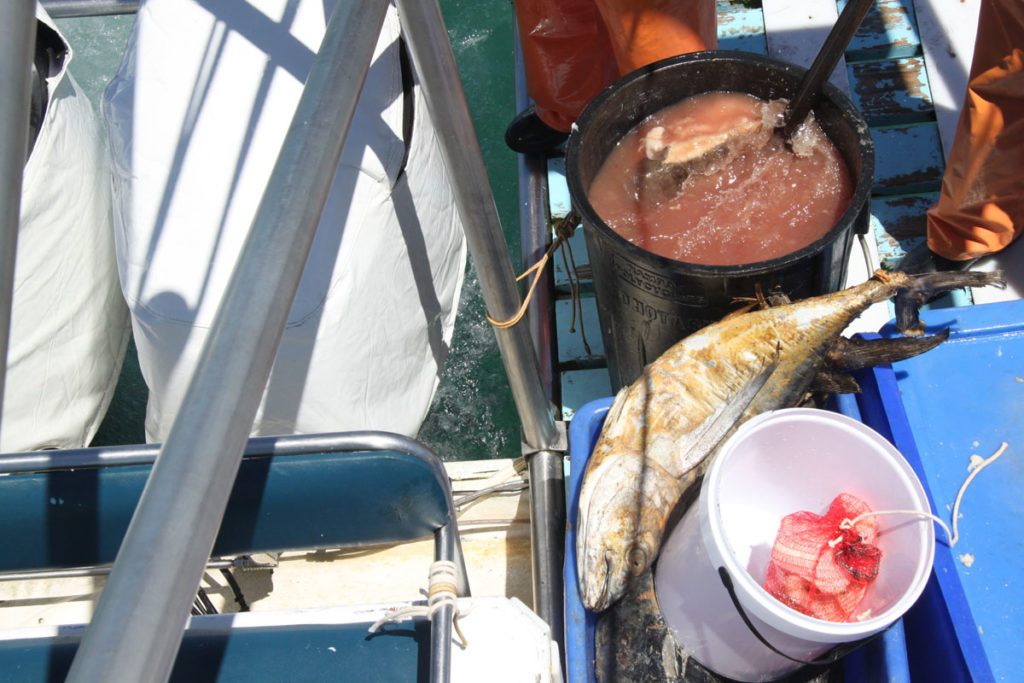
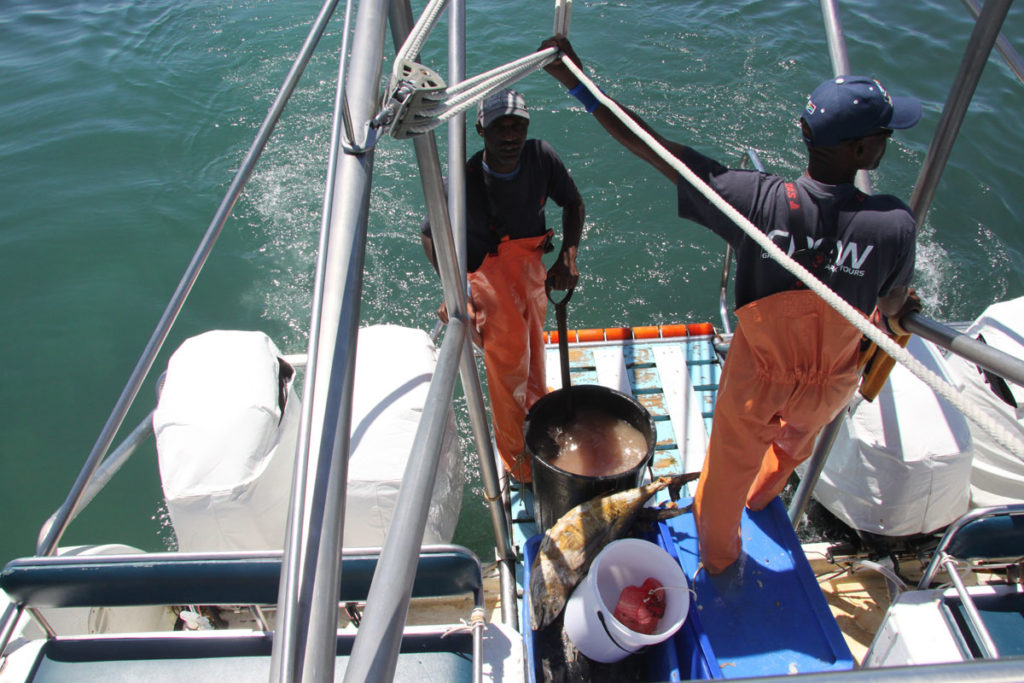
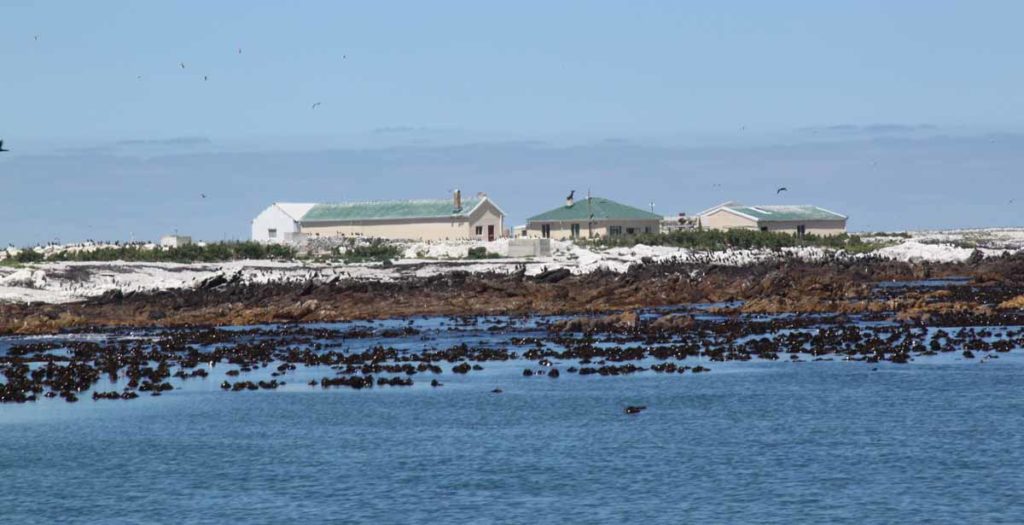
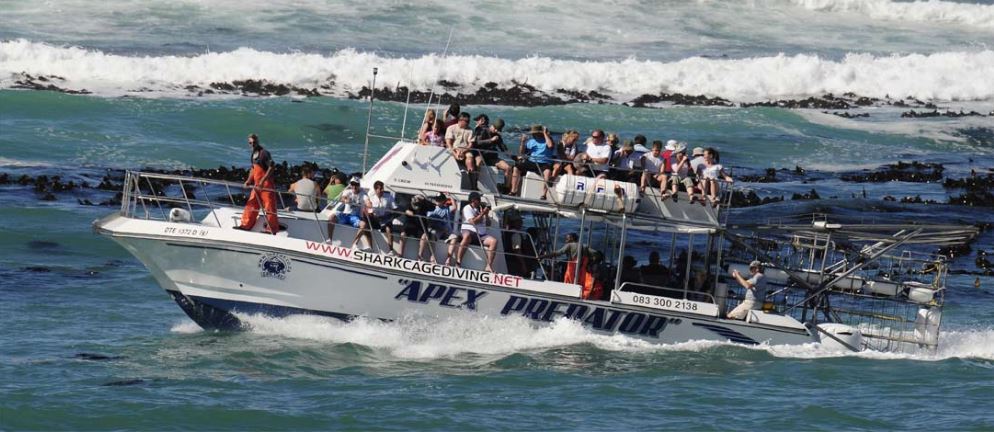

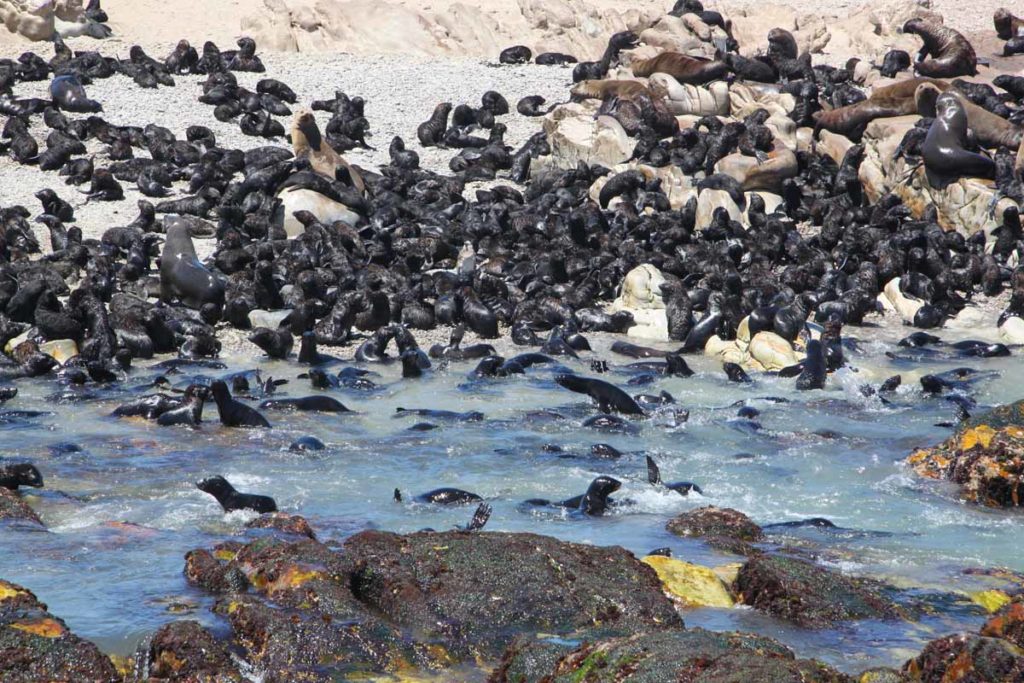
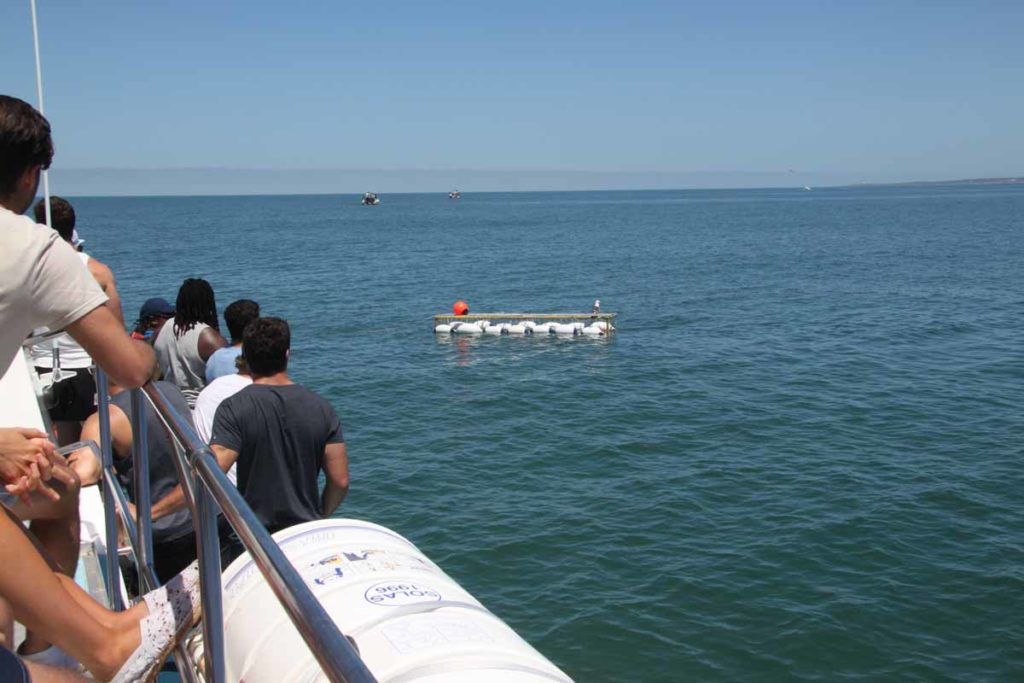
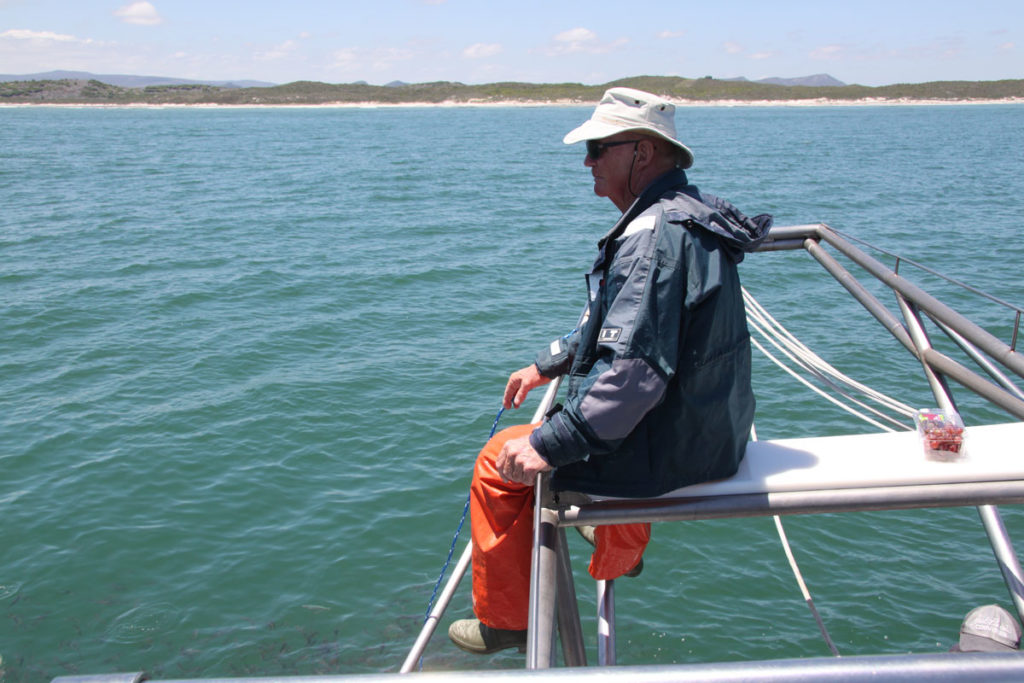
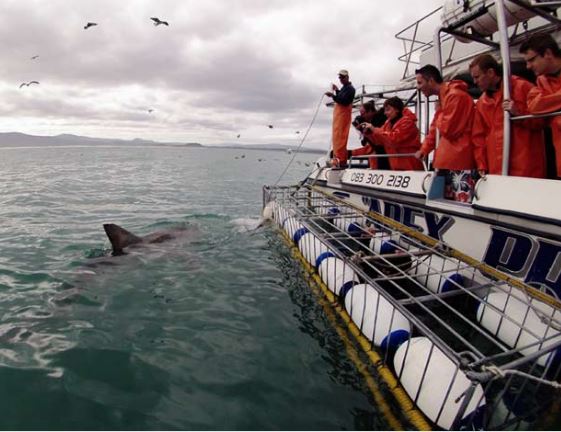
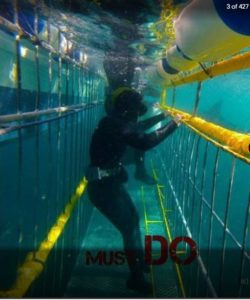
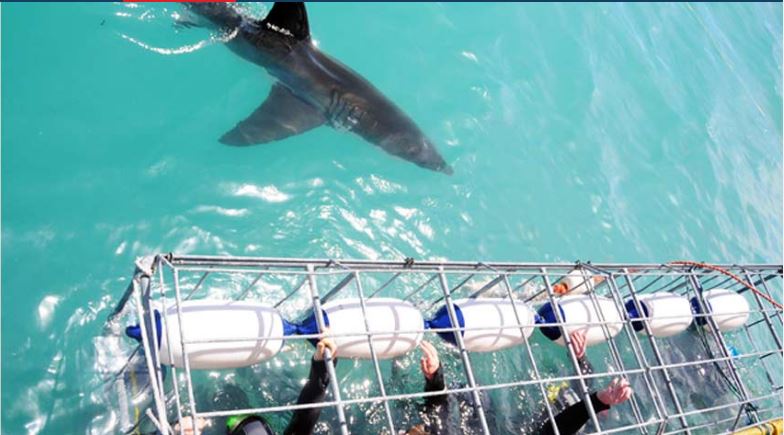
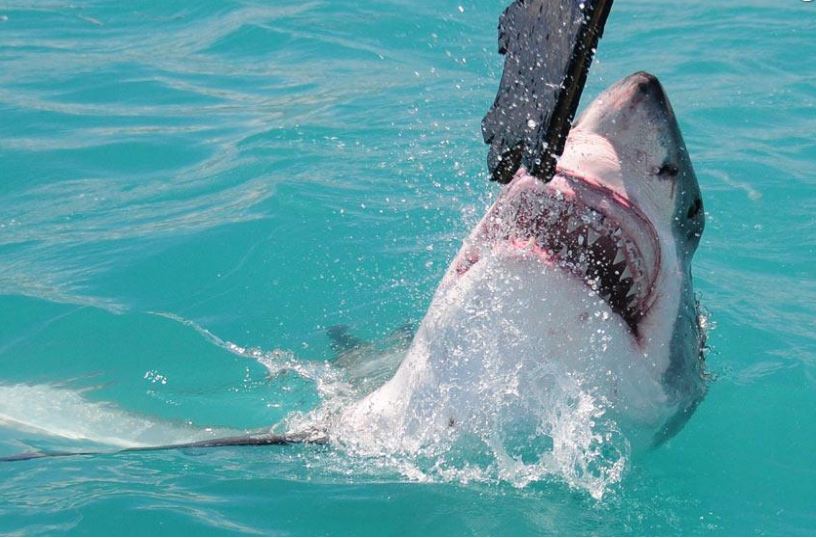
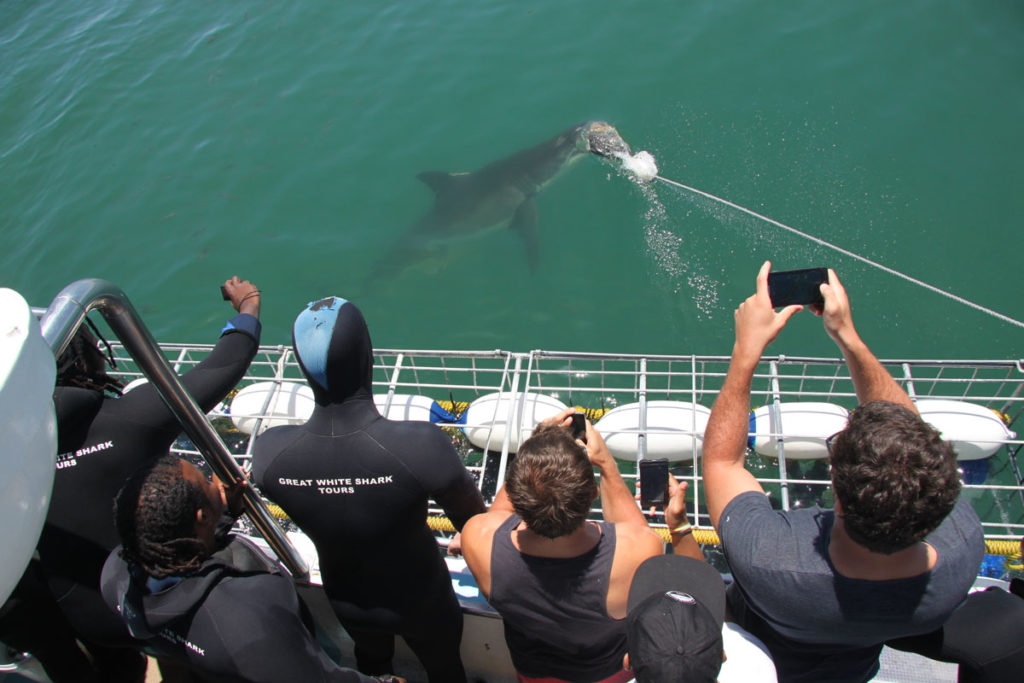
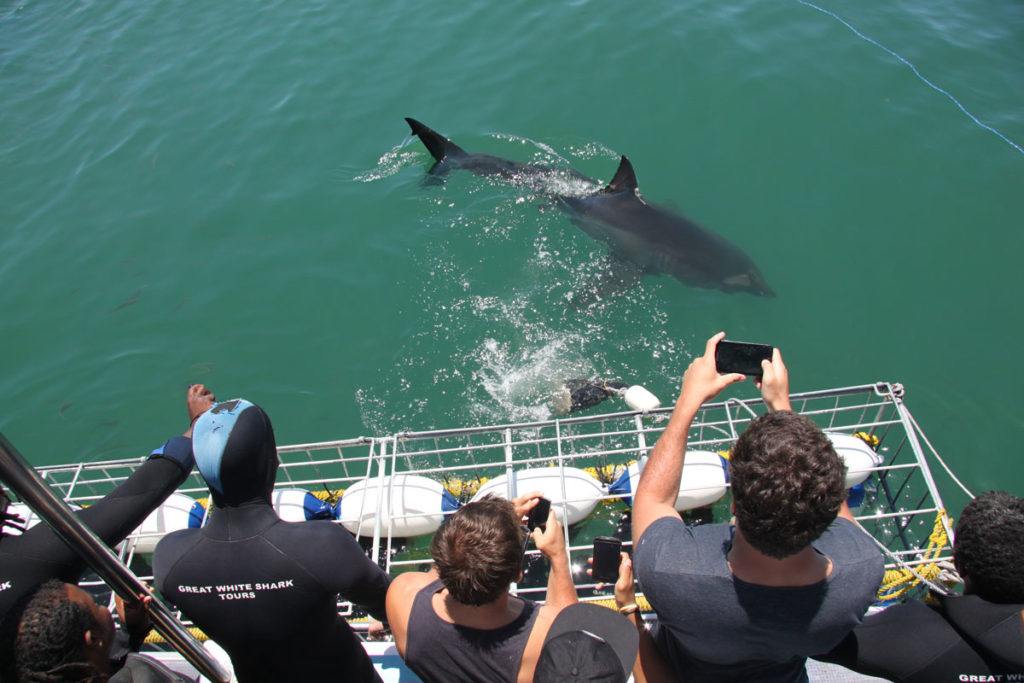
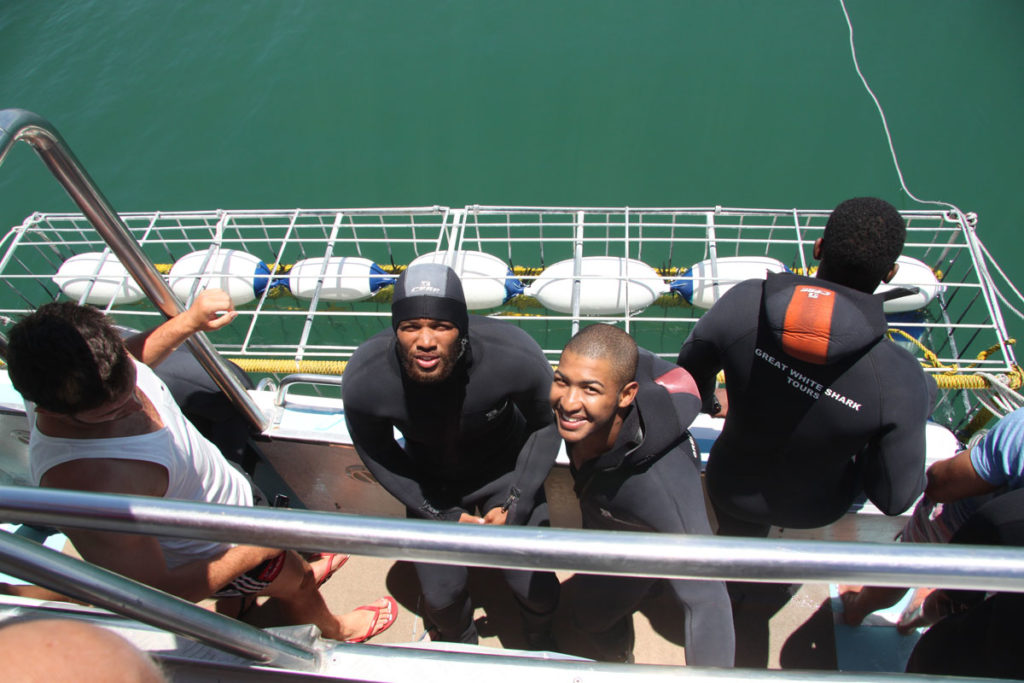
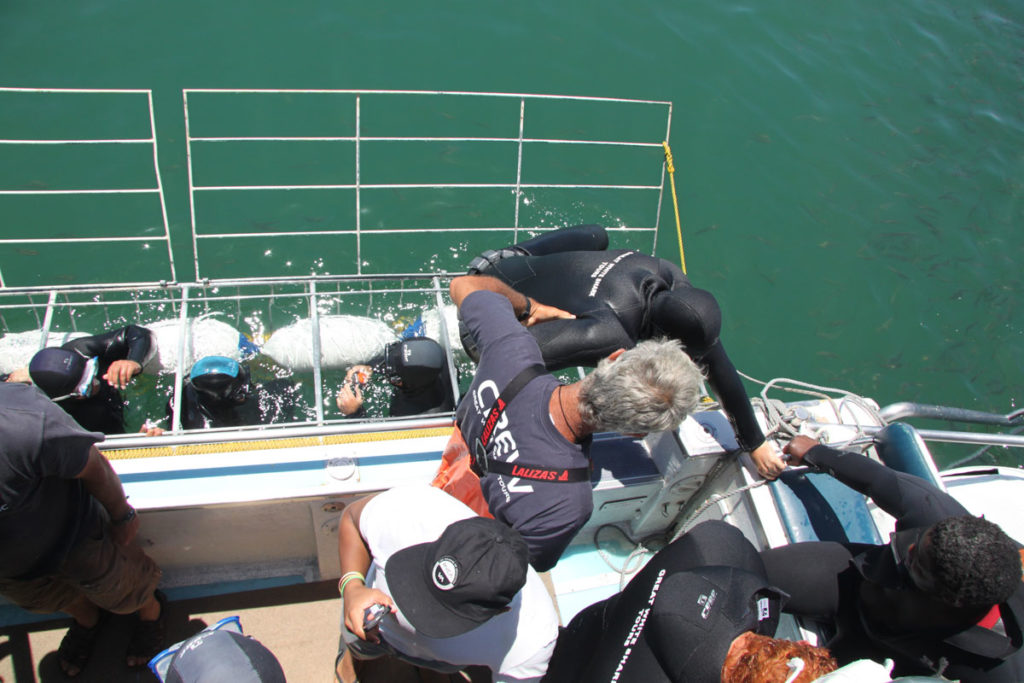
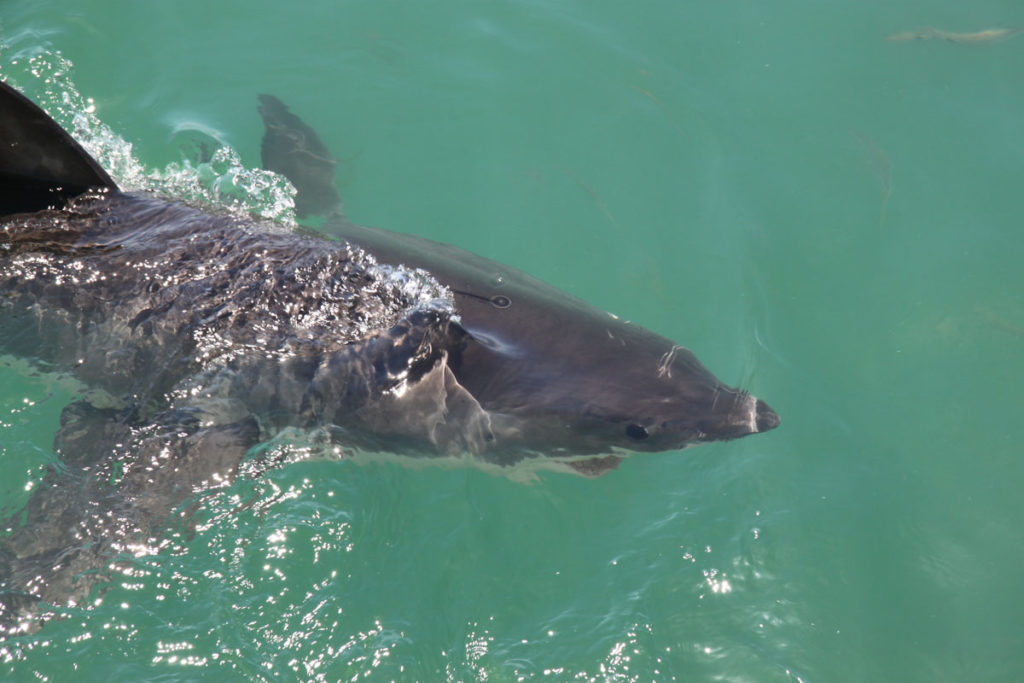
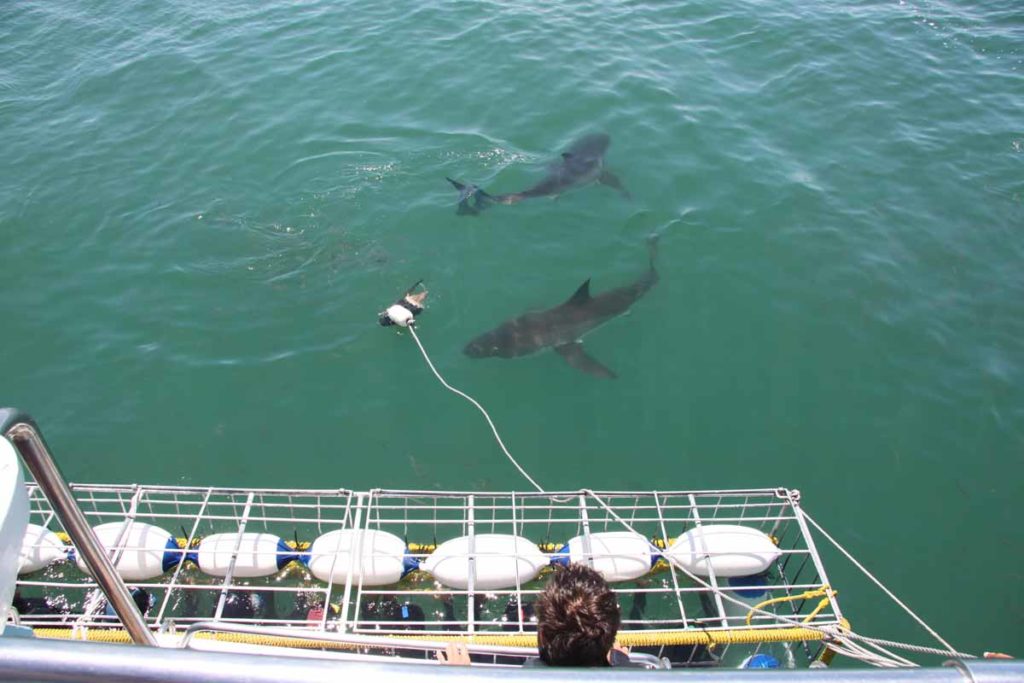
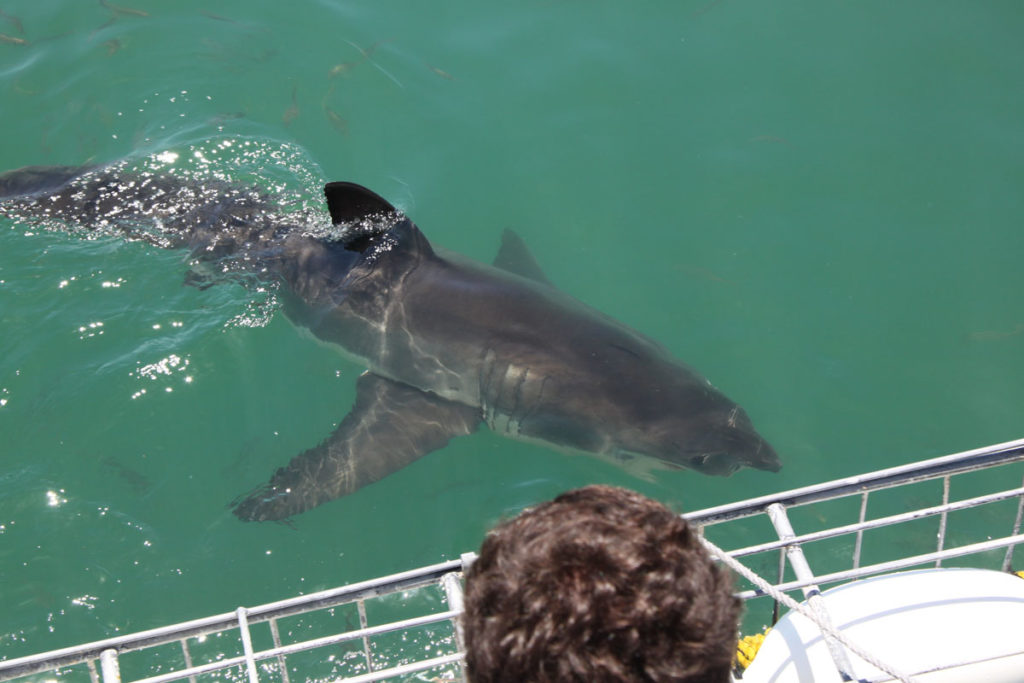
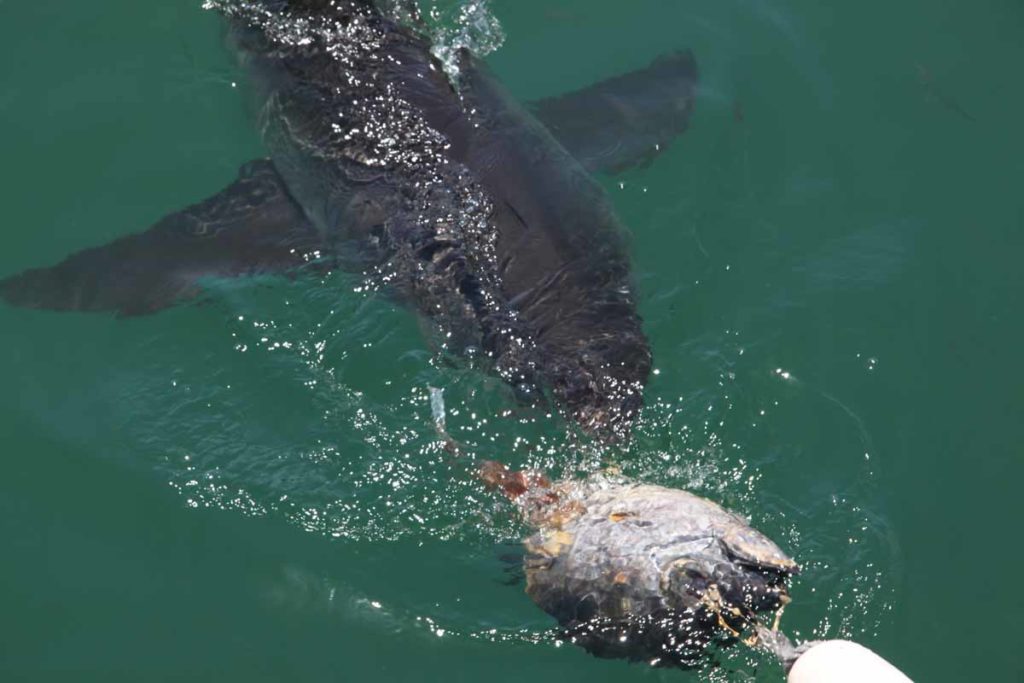
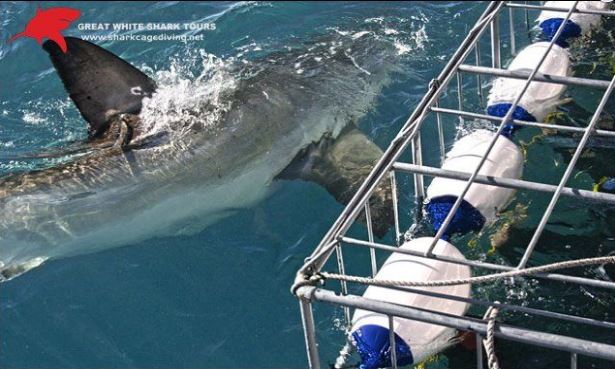
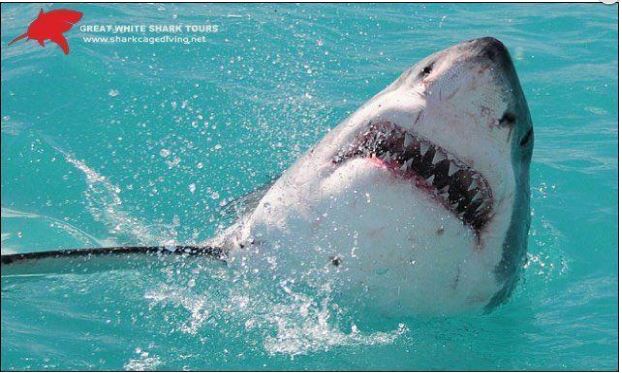
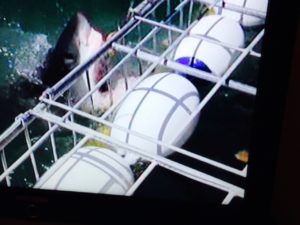
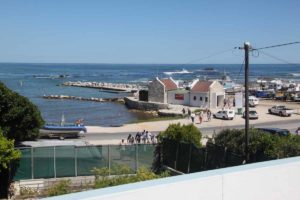
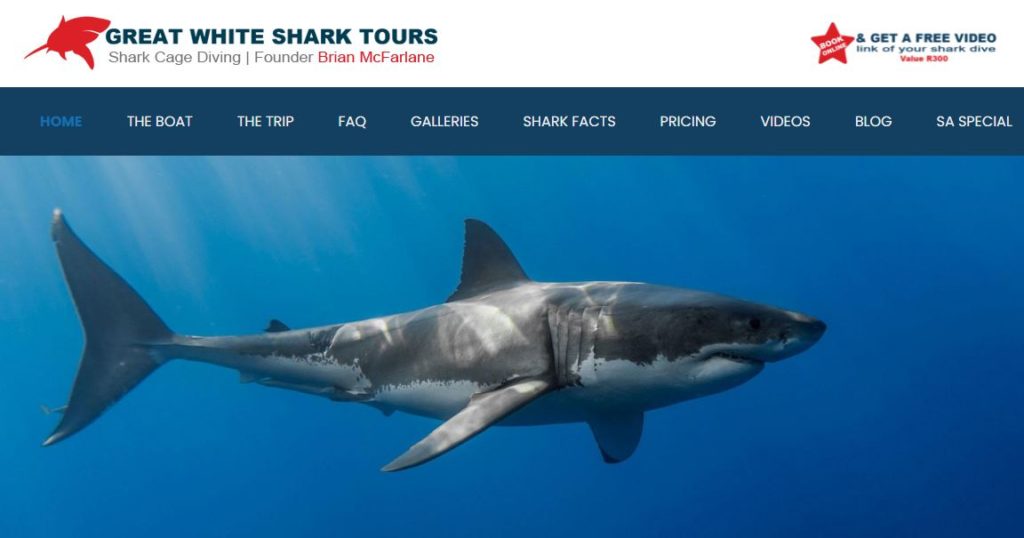
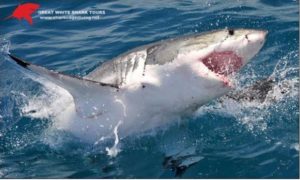
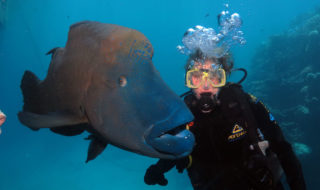
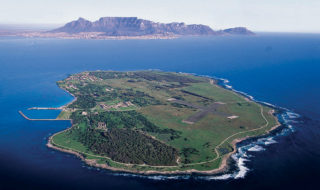

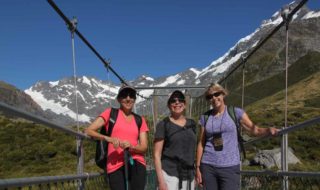
Post a Comment